

Articles
How To Store Butter In Fridge
Modified: August 16, 2024
Learn the best ways to store butter in the fridge to keep it fresh and spreadable. Follow these simple steps and enjoy flavorful meals with ease.
(Many of the links in this article redirect to a specific reviewed product. Your purchase of these products through affiliate links helps to generate commission for Storables.com, at no extra cost. Learn more)
Introduction
Butter is a versatile and beloved ingredient that adds richness to countless dishes and baked goods. Whether you use it for spreading on toast, cooking savory recipes, or baking scrumptious treats, one thing’s for certain: proper storage of butter is essential to maintain its quality and freshness.
Storing butter correctly not only helps to preserve its flavor and texture, but also ensures its safe consumability. Improper storage can lead to spoilage, rancidity, and contamination, compromising the taste and safety of the butter.
In this article, we will explore the importance of proper butter storage and provide you with some practical tips to keep your butter fresh and delicious. So, let’s dive in!
Key Takeaways:
- Proper butter storage is crucial for maintaining freshness, preventing rancidity, and ensuring food safety. Consider temperature, container choice, and sealing techniques to preserve the quality of your butter.
- While refrigeration is the standard, storing butter outside the fridge is possible under specific conditions. Consider butter type, climate, and storage duration for safe room temperature storage.
Read more: How To Store Brown Butter
Importance of Proper Butter Storage
Proper butter storage is crucial for maintaining its quality and preventing spoilage. Here are a few reasons why you should take the time to store your butter correctly:
- Maintaining freshness: Butter is a natural product that can spoil if not stored properly. Exposure to air and light can accelerate spoilage, leading to off-flavors and a decrease in quality. By storing butter correctly, you can ensure it stays fresh for longer periods.
- Preventing rancidity: Butter contains a small amount of naturally occurring moisture and milk solids. When exposed to air and light, these components can contribute to the development of rancidity. Rancid butter has a distinct unpleasant smell and taste, rendering it inedible. Proper storage helps prevent rancidity and maintains the butter’s delicious flavor.
- Protecting against contamination: Butter can easily absorb odors and flavors from other foods in the fridge. Improperly stored butter may pick up strong smells, such as onions or garlic, which can alter its taste and make it less enjoyable to use. By storing butter in a suitable container, you can protect it from absorbing unwanted odors and flavors.
- Ensuring food safety: Butter is a dairy product, and like any perishable item, it can harbor harmful bacteria if not handled and stored correctly. Improper storage conditions, such as inconsistent temperature or excessive moisture, can promote bacterial growth and lead to foodborne illnesses. Proper storage practices help minimize the risk of bacterial contamination and ensure the safety of your butter.
Now that you understand the importance of proper butter storage, let’s explore some key considerations to keep in mind when storing your butter.
Temperature and Humidity Considerations
The ideal temperature for storing butter is between 30 to 40 degrees Fahrenheit (-1 to 4 degrees Celsius). At this temperature range, the butter remains firm and stable, without freezing or becoming too soft.
It’s important to note that butter can absorb flavors and odors from other foods in the fridge, so it’s best to store it away from strong-smelling items like onions and garlic. Consider using a dedicated butter compartment or a lidded container to keep the butter isolated and protected.
In terms of humidity, butter should be stored in a relatively low-humidity environment. Excess moisture can cause the butter to become soft and prone to spoilage. Therefore, avoid storing butter near areas of the refrigerator that tend to have higher levels of humidity, such as the vegetable crisper or freezer section.
For optimal results, store your butter in the main compartment of the fridge, away from direct sources of heat or cold. Avoid placing it near the fridge door, which is often exposed to temperature fluctuations when opened frequently.
By considering the temperature and humidity factors, you can maintain the freshness and quality of your butter for a longer period.
Choosing the Right Storage Container
When it comes to storing butter, selecting the right storage container is essential to maintain its freshness and prevent exposure to air, light, and odors. Here are some factors to consider when choosing a storage container:
Airtightness: The container should be airtight, preventing air from reaching the butter. Exposure to air can lead to oxidation and spoilage. Look for containers with tight-fitting lids or seals to ensure maximum airtightness.
Material: Opt for containers made of materials that do not react with the butter or absorb odors. Glass or food-grade plastic containers are excellent options as they are non-reactive and keep the butter safe from unwanted flavors or contamination.
Size: Consider the amount of butter you typically use. Choose a container that can accommodate the size of the butter you buy, whether it’s a standard stick or a larger block. It should have enough space to hold the butter without squishing or deforming it.
Transparency: Select a container that allows you to see the butter inside. This way, you can easily monitor its quality without having to open the container and expose it to unnecessary air. Clear glass or translucent plastic containers are ideal for this purpose.
Convenience: Look for a container that is easy to open and close. Consider the shape and design, ensuring it’s comfortable to handle and fits well in your fridge. Additionally, choose a container that is dishwasher-safe for easy cleaning.
By choosing the right storage container for your butter, you can effectively protect it from air, light, and odors, keeping it fresh and delicious for an extended period.
Wrapping and Sealing Techniques
In addition to using the right storage container, proper wrapping and sealing techniques play a crucial role in preserving the quality and freshness of your butter. Here are some techniques to consider:
Parchment Paper: One common method is to wrap individual sticks or slices of butter in parchment paper. Place the butter in the center of a piece of parchment paper and fold the paper around it, creating a tight envelope. This provides a protective barrier against air and helps prevent the butter from absorbing odors in the fridge.
Aluminum Foil: Another option is to wrap the butter tightly in aluminum foil. This helps create an airtight seal, preventing air from reaching the butter. Make sure to wrap it securely, covering all sides, and crimp the edges to ensure a tight seal.
Butter Keeper: A butter keeper is a specialized butter dish that uses water as a seal or barrier. It consists of a base filled with water and a lid that holds the butter. The water creates an airtight seal, keeping the butter fresh and spreadable without refrigeration for a short period of time. It’s a great option if you prefer to keep your butter at room temperature but still want to maintain its freshness.
Vacuum Sealing: For extended periods of storage, consider vacuum-sealing your butter. Place the butter in a vacuum sealing bag or use a vacuum sealer machine to remove all the air from the bag before sealing it. This method provides maximum protection against air, keeping the butter fresh for longer periods.
By using these wrapping and sealing techniques, you can effectively protect your butter from air exposure, maintain its freshness, and extend its shelf life.
Store butter in an airtight container or wrapped in wax paper to prevent it from absorbing other odors in the fridge. This will help maintain its freshness and flavor.
Read more: How To Store Clarified Butter
Avoiding Lingered Odors and Flavors
Butter has a remarkable ability to absorb and retain odors and flavors from its surrounding environment. To ensure that your butter maintains its natural taste and aroma, it’s important to take precautions to prevent lingering odors and flavors. Here’s how:
Use odor-resistant containers: When storing butter, use containers that are odor-resistant, such as glass or food-grade plastic. These materials are less likely to absorb or transfer odors to the butter. Avoid storing butter in containers made of reactive materials, like metal or porous plastic, as they can affect the flavor of the butter.
Keep butter away from pungent foods: Store butter away from strong-smelling foods, such as onions, garlic, or strongly flavored cheeses. These foods can transmit their aromas to the butter, altering its taste and odor. Utilize the different compartments in your fridge or place the butter in sealed containers to isolate it from other foods.
Wrap butter securely: Properly wrap and seal the butter to create a barrier against external odors. Use parchment paper, aluminum foil, or airtight containers to prevent any unwanted aromas from infiltrating the butter. Ensure the wrapping is tight and secure to maintain the butter’s freshness.
Regularly clean your fridge: Regularly clean and deodorize your refrigerator to eliminate any lingering smells. Wipe down the shelves, walls, and drawers with a mixture of water and baking soda to neutralize odors. This step helps create a clean and odor-free storage environment for your butter.
Avoid storing in the fridge door: The refrigerator door is often subjected to temperature fluctuations and exposure to air, which can lead to increased odors. Store your butter on a shelf in the main compartment of the fridge, preferably towards the back, where the temperature remains more consistent.
Use odor-absorbing materials: Place an open box of baking soda or activated charcoal near the butter in the fridge. These natural odor absorbers can help minimize any lingering odors and keep the butter fresh. Remember to replace or refresh them regularly to ensure their effectiveness.
By following these tips, you can preserve the delicate flavor and aroma of your butter, avoiding any unwanted odors or flavors that may compromise its quality.
Organizing Butter in the Fridge
Organizing your butter in the fridge not only makes it easier to find and access but also helps maintain its freshness and quality. Here are some tips to organize your butter effectively:
Dedicated butter compartment: Many refrigerators come with a designated butter compartment on the door or in the main compartment. If your fridge has one, utilize it to store your butter. These compartments are designed to maintain a consistent temperature and protect the butter from absorbing odors from other foods.
Butter dish: Consider using a butter dish specifically designed to hold and serve butter. These dishes typically come with a lid or cover to protect the butter from air exposure and odors. Place the butter dish in a section of the fridge where it’s easily accessible, whether on a shelf or in the butter compartment.
Labeling: If you have multiple types of butter or different flavors, it can be helpful to label them. Use sticky notes or labels to indicate the type of butter or any special flavors or additions. This makes it easier to identify the butter you need and avoids mixing up different varieties.
Stacking and layering: If you have limited space in your fridge, you can stack or layer the butter to maximize storage. However, ensure that each layer is separated by parchment paper or other protective barriers to prevent sticking and maintain cleanliness.
First-In, First-Out (FIFO): Practice the “first-in, first-out” method when organizing your butter. Place newer butter towards the back of the fridge and use the older butter first. This helps to ensure that butter is not forgotten or left unused for an extended period.
Fridge organization containers: Consider using organizing containers or bins to group and separate your butter from other items in the fridge. This helps maintain cleanliness and prevents cross-contamination with other foods.
By implementing these organizational strategies, you can create a well-structured and accessible space for your butter in the fridge, keeping it fresh and easy to find when needed.
Storing Butter Outside the Fridge – Is It Possible?
While refrigeration is the most common method of storing butter, it is possible to store butter outside the fridge under certain conditions. However, there are several factors to consider before deciding to store butter at room temperature:
Butter type: The type of butter you are using plays a significant role in determining whether it can be stored outside the fridge. Salted butter has a longer shelf life due to its higher salt content, which acts as a preservative. Unsalted butter, on the other hand, is more susceptible to spoilage and should be refrigerated to maintain freshness.
Climate and temperature: The climate and temperature of your environment are crucial considerations. Butter can soften and melt at higher temperatures, making it more susceptible to spoilage. If you live in a hot and humid climate, it is generally recommended to store butter in the fridge to prevent it from going rancid.
Duration: If you decide to store butter outside the fridge, it’s important to consider the duration. Butter can remain stable at room temperature for a short period, typically up to a week. If you anticipate not using the butter within that timeframe, it’s best to refrigerate it to maintain its freshness for a longer period.
Storage conditions: When storing butter at room temperature, it’s crucial to ensure that it is kept in a cool, dry place away from direct sunlight and heat sources. Exposure to heat and light can cause the butter to soften, spoil, or develop off-flavors. It’s also important to use a covered butter dish or a butter keeper to protect the butter from contaminants and odors.
Frequent use: If you use butter regularly and go through it quickly, storing it outside the fridge may be convenient. However, if you tend to use butter infrequently or in small quantities, it is safer to store it in the fridge to maintain its freshness until the next use.
In summary, storing butter outside the fridge is possible under specific circumstances. Consider the type of butter, the climate and temperature, the duration of storage, and proper storage conditions to ensure the butter remains safe to eat. If in doubt, it is generally recommended to refrigerate butter to extend its shelf life and prevent spoilage.
Conclusion
Proper butter storage is essential for maintaining its freshness, flavor, and safety. By following the right techniques and considerations, you can ensure that your butter stays at its best for longer periods. From temperature and humidity considerations to choosing the right storage container, wrapping and sealing techniques, and avoiding lingering odors and flavors, each step plays a crucial role in preserving the quality of your butter.
Storing butter in the fridge is the most common and recommended method, as it provides a controlled environment that helps maintain freshness and prevents spoilage. By keeping the butter in an airtight container, away from strong-smelling foods, and in a consistent temperature range, you can safeguard it from odors, flavors, and bacterial contamination.
However, if you choose to store butter outside the fridge, be mindful of factors such as butter type, climate, temperature, duration, and storage conditions. While it is possible to store butter at room temperature, it is crucial to monitor the butter closely and consume it within a short period to prevent spoilage.
In conclusion, paying attention to proper butter storage practices will ensure that you can fully enjoy the rich flavor and versatility of this beloved ingredient. From organizing butter in the fridge to considering storage alternatives, taking these steps will help you maintain the quality and freshness of your butter for a delightful culinary experience every time.
Frequently Asked Questions about How To Store Butter In Fridge
Was this page helpful?
At Storables.com, we guarantee accurate and reliable information. Our content, validated by Expert Board Contributors, is crafted following stringent Editorial Policies. We're committed to providing you with well-researched, expert-backed insights for all your informational needs.



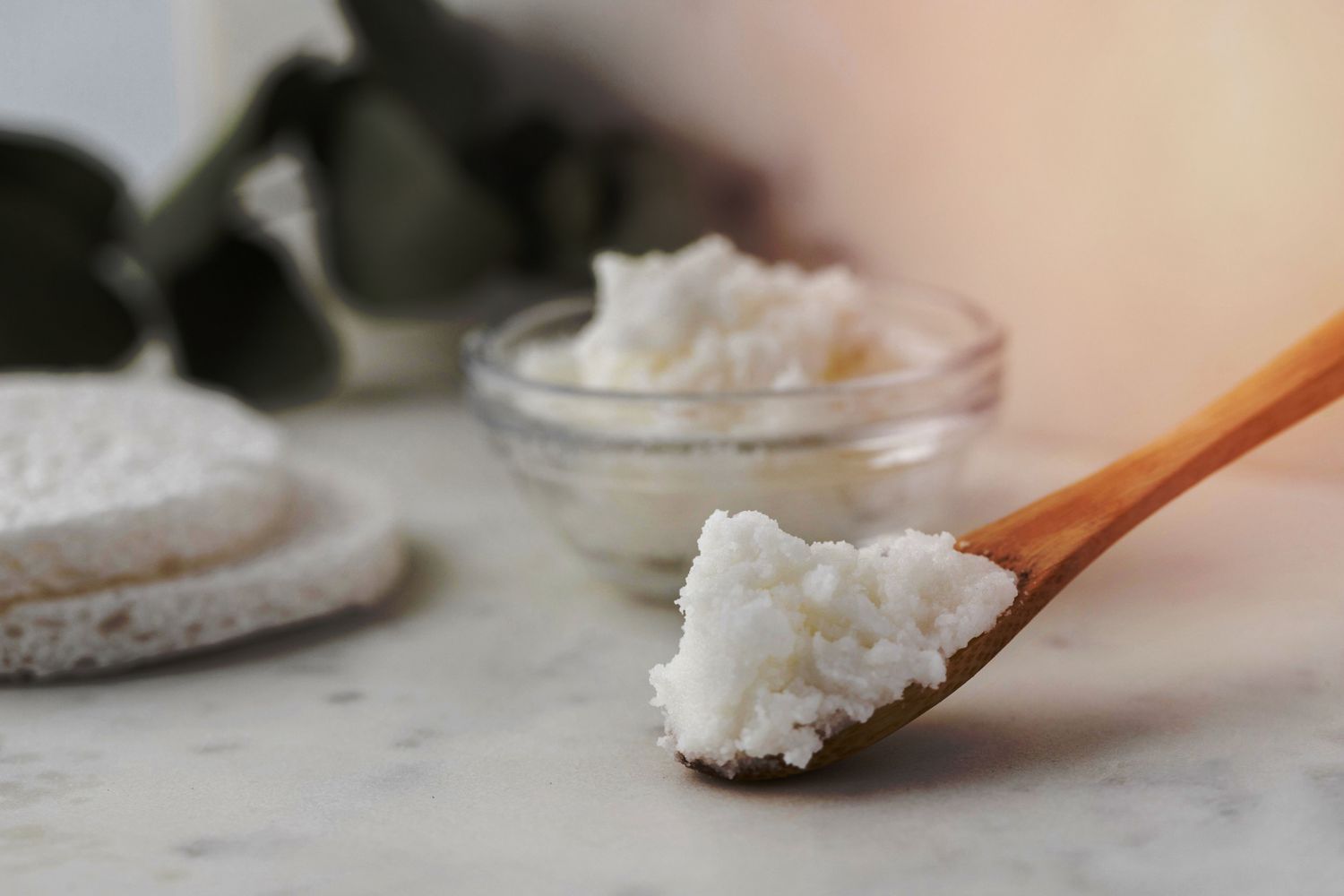
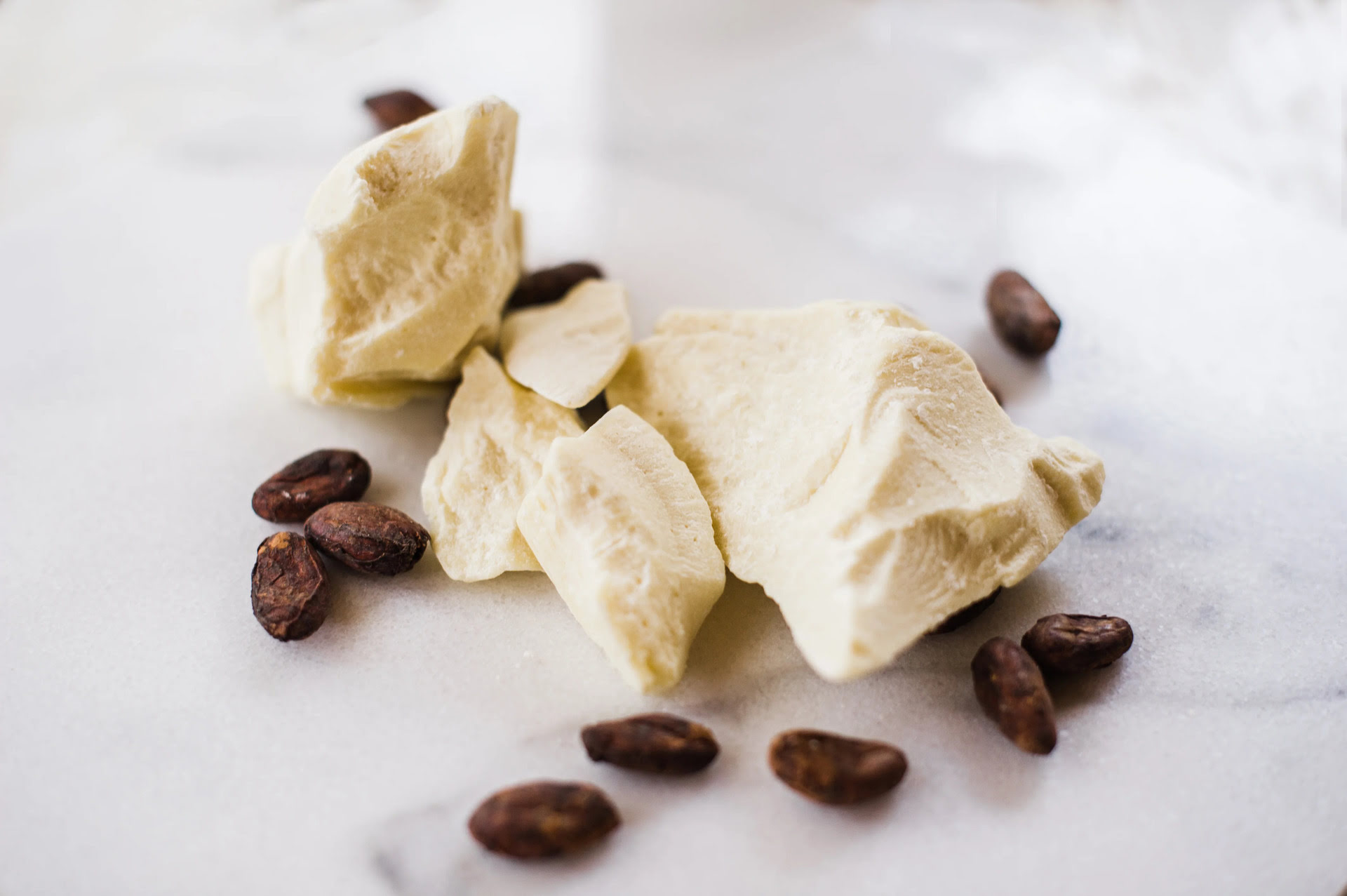



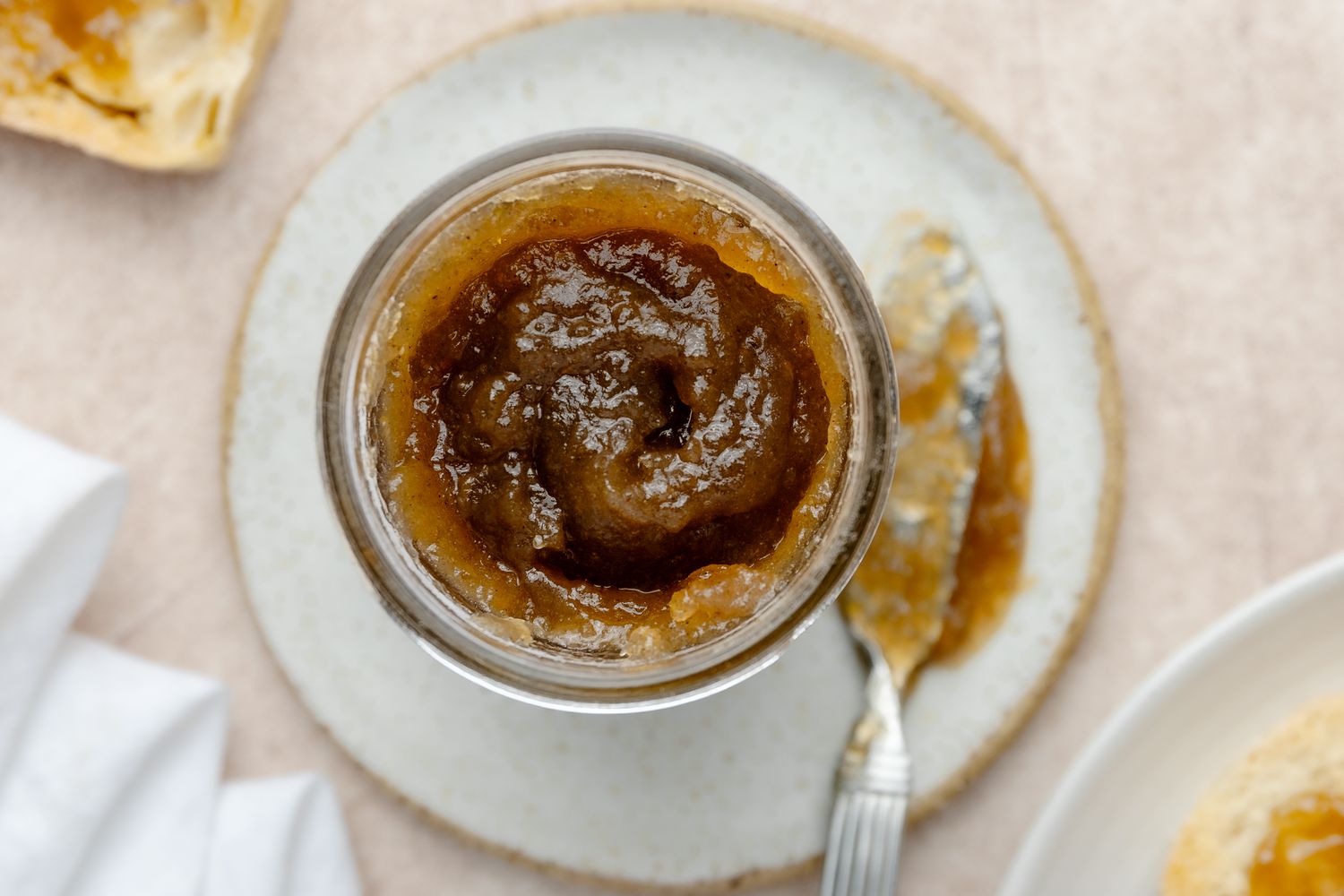


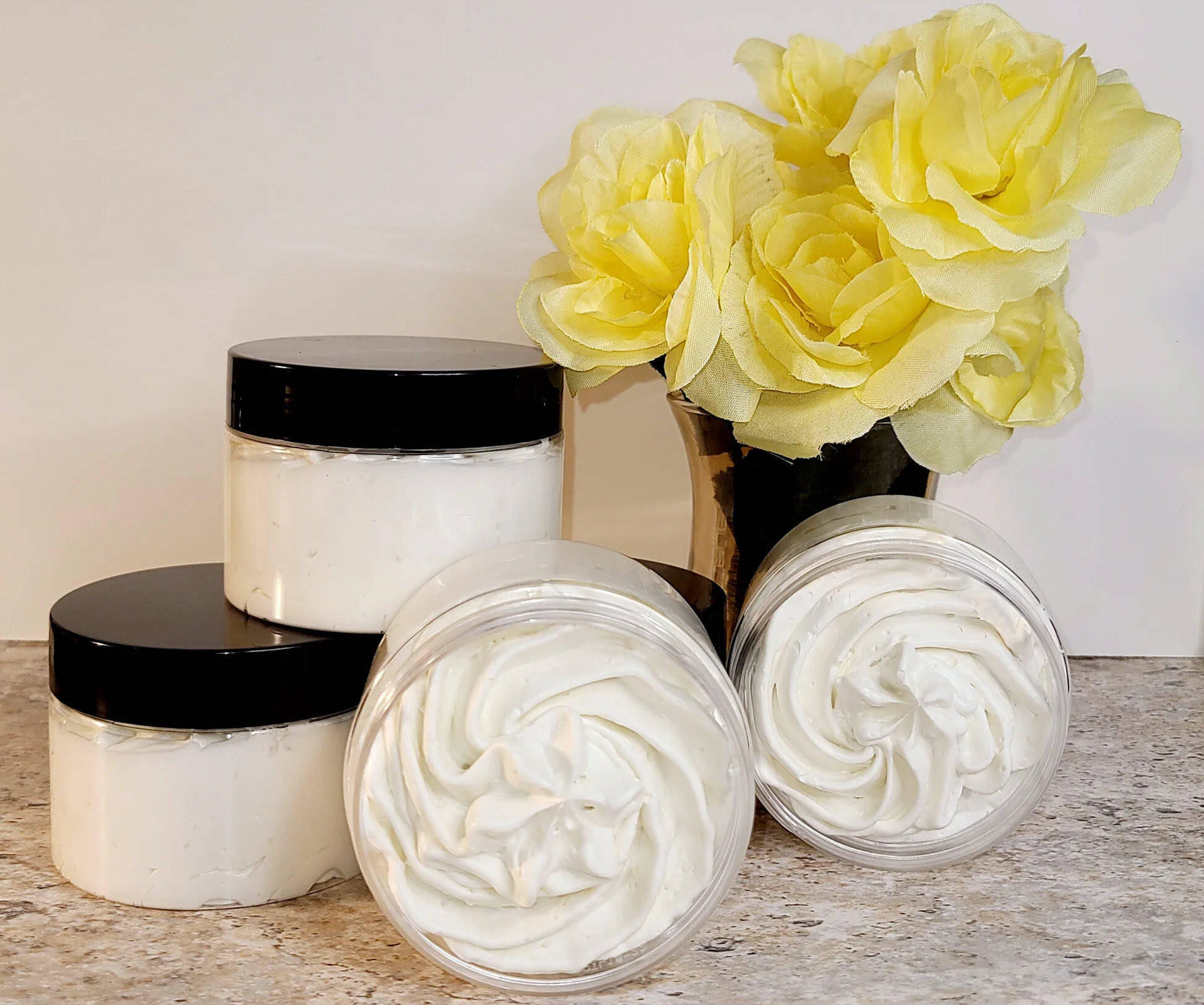
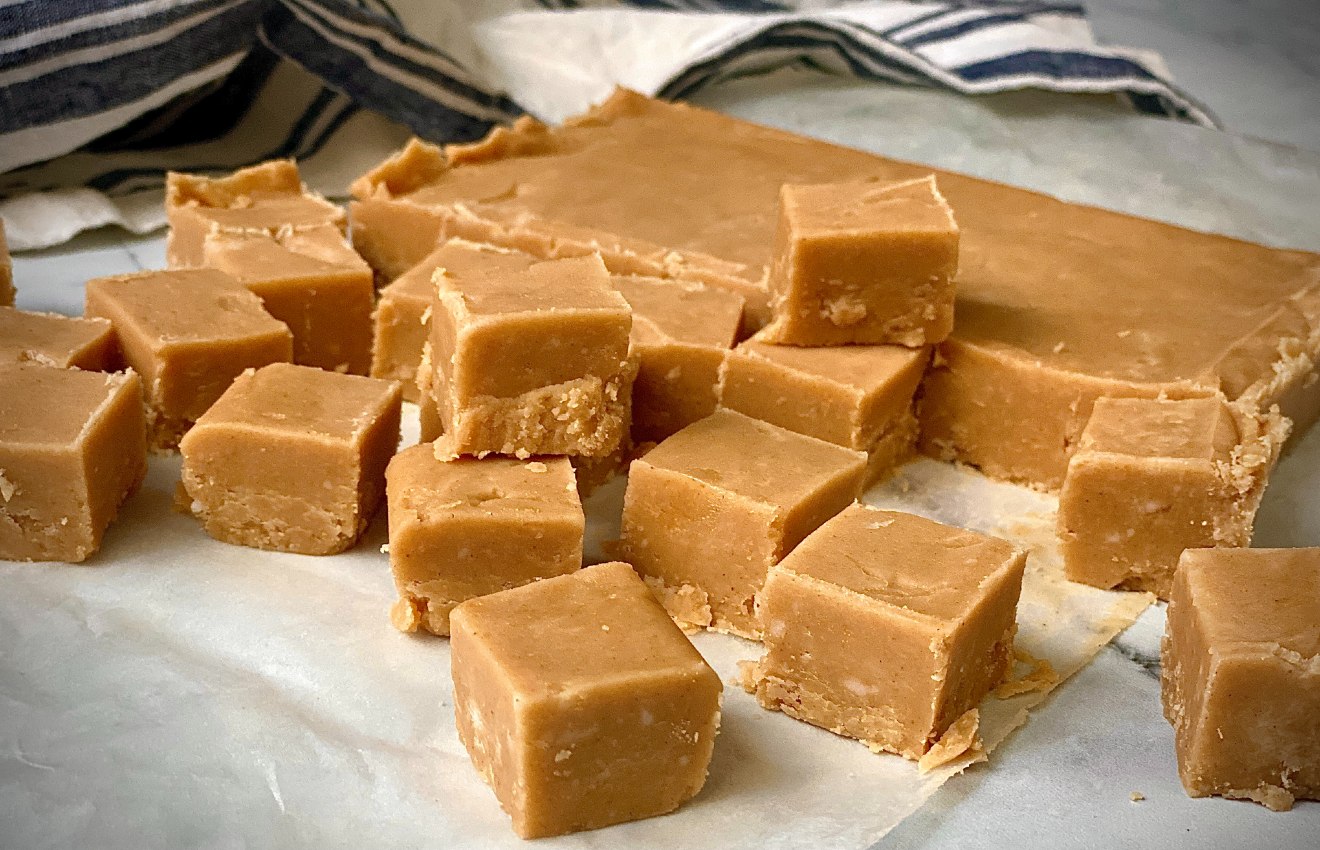


0 thoughts on “How To Store Butter In Fridge”